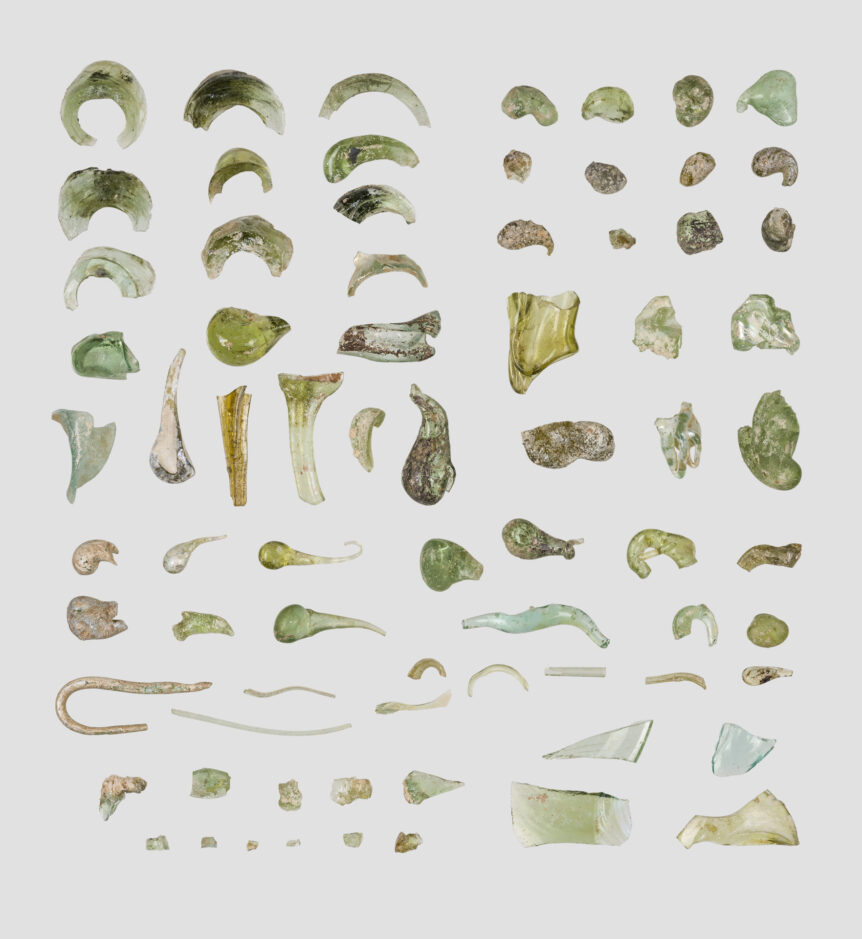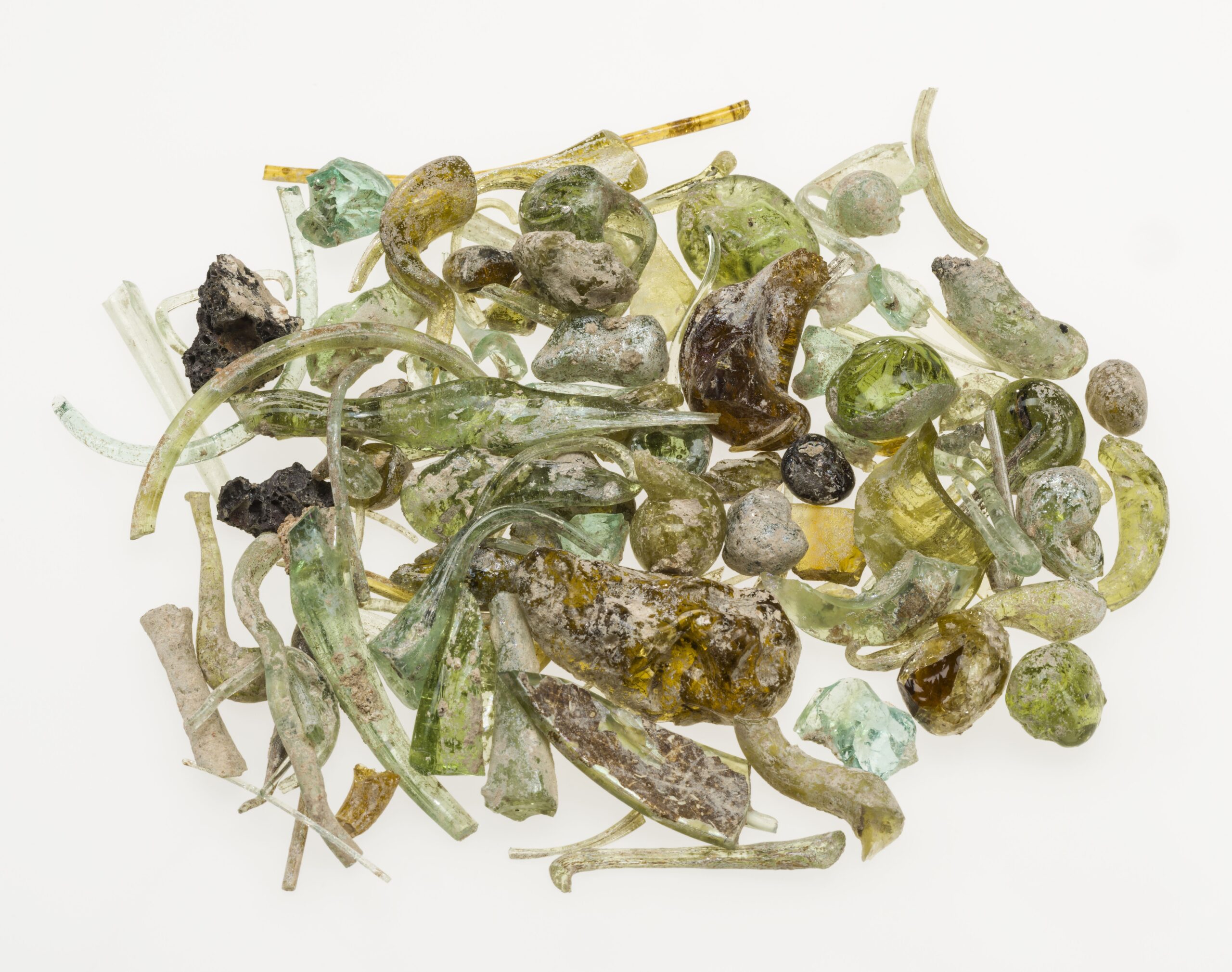
In 1963, archaeologists from the Corning Museum of Glass in upstate New York began excavations in an ancient Levantine town called Jalamet, located in today’s Israel. For eight years they uncovered objects—many of which were brought back to the Corning—related to the production of glass in the Late Roman Empire.
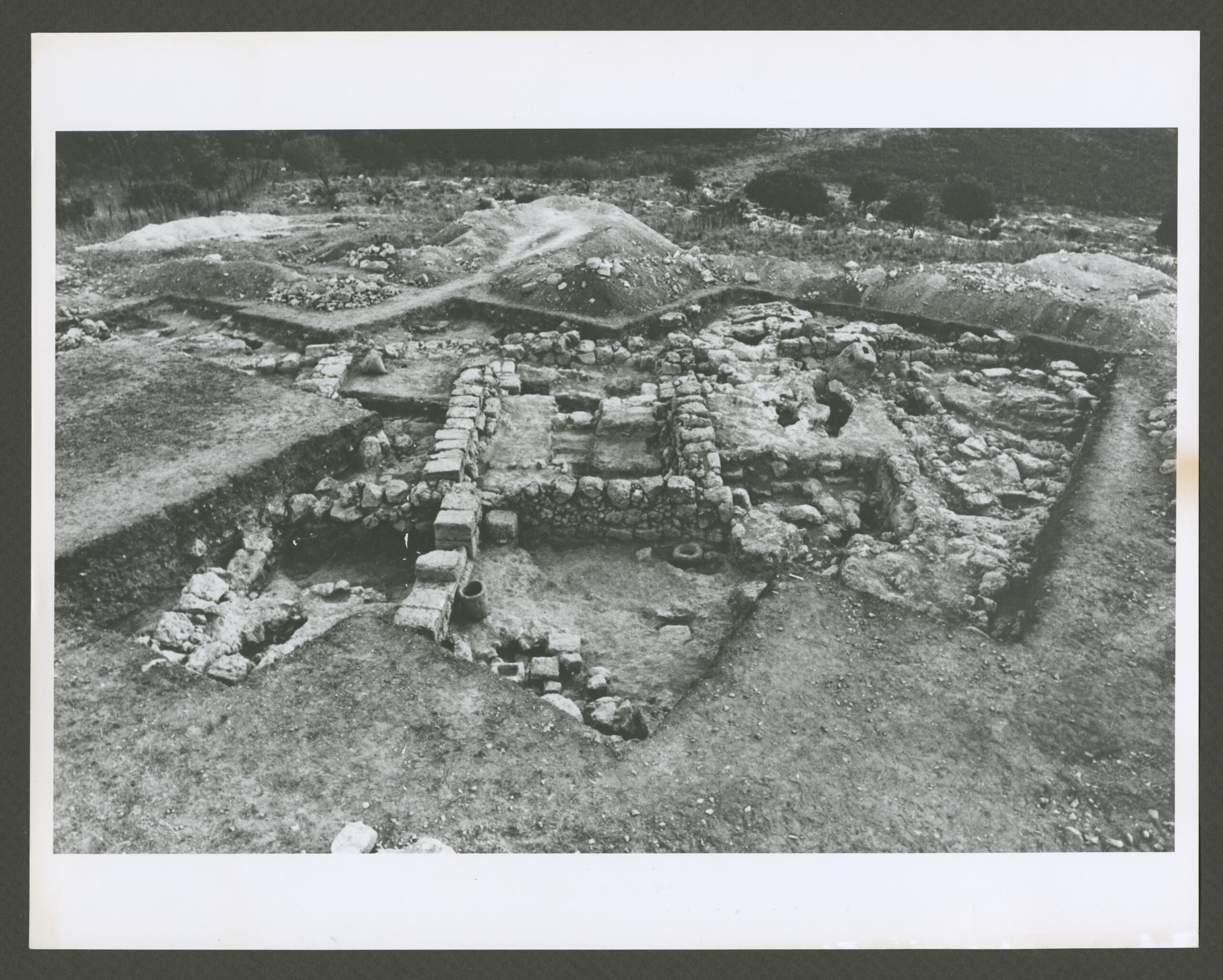
“The Jalamet excavation was transformative because it was really the first scientific investigation of a glass workshop from antiquity,” says Katherine Larson, the guest for this episode of Curious Objects and curator of the exhibition Dig Deeper: Discovering an Ancient Glass Workshop in Corning.
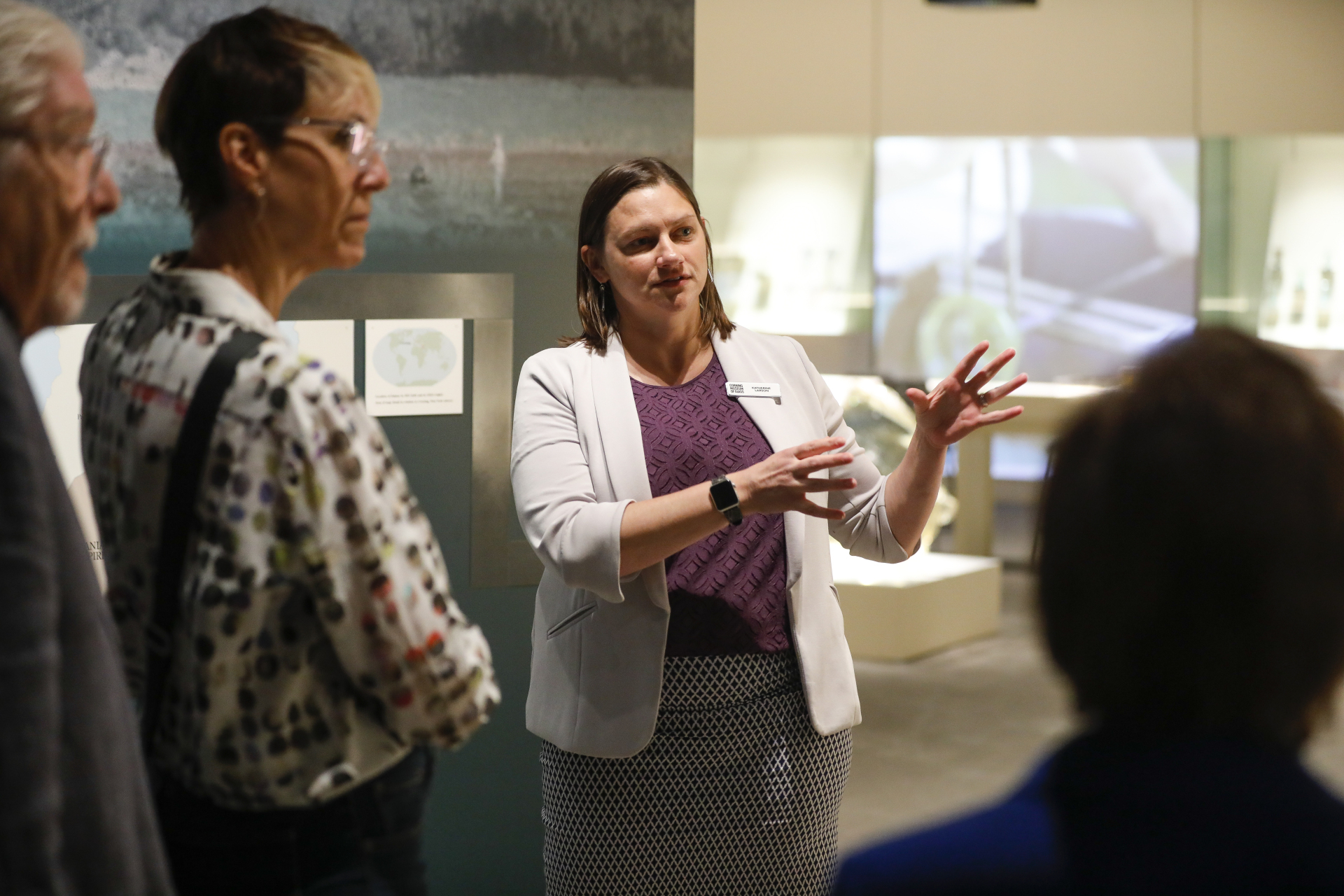
“One of the things that we’ve realized since the ’60s is that the Jalamet workshop was one of the few from antiquity that was both making glass from raw materials and transforming that glass into objects through blowing or shaping,” Larson says. Such glass production stages are known as primary and secondary glassmaking. “Primary glassmaking is the process of actually fusing glass from the raw ingredients—sand and natron in this case, your silica source and your sodium source,” Larson explains. “Then you might put in something like lime as a stabilizer, and your colorants as well. Secondary glassmaking is the process of transforming that raw glass into finished objects.”
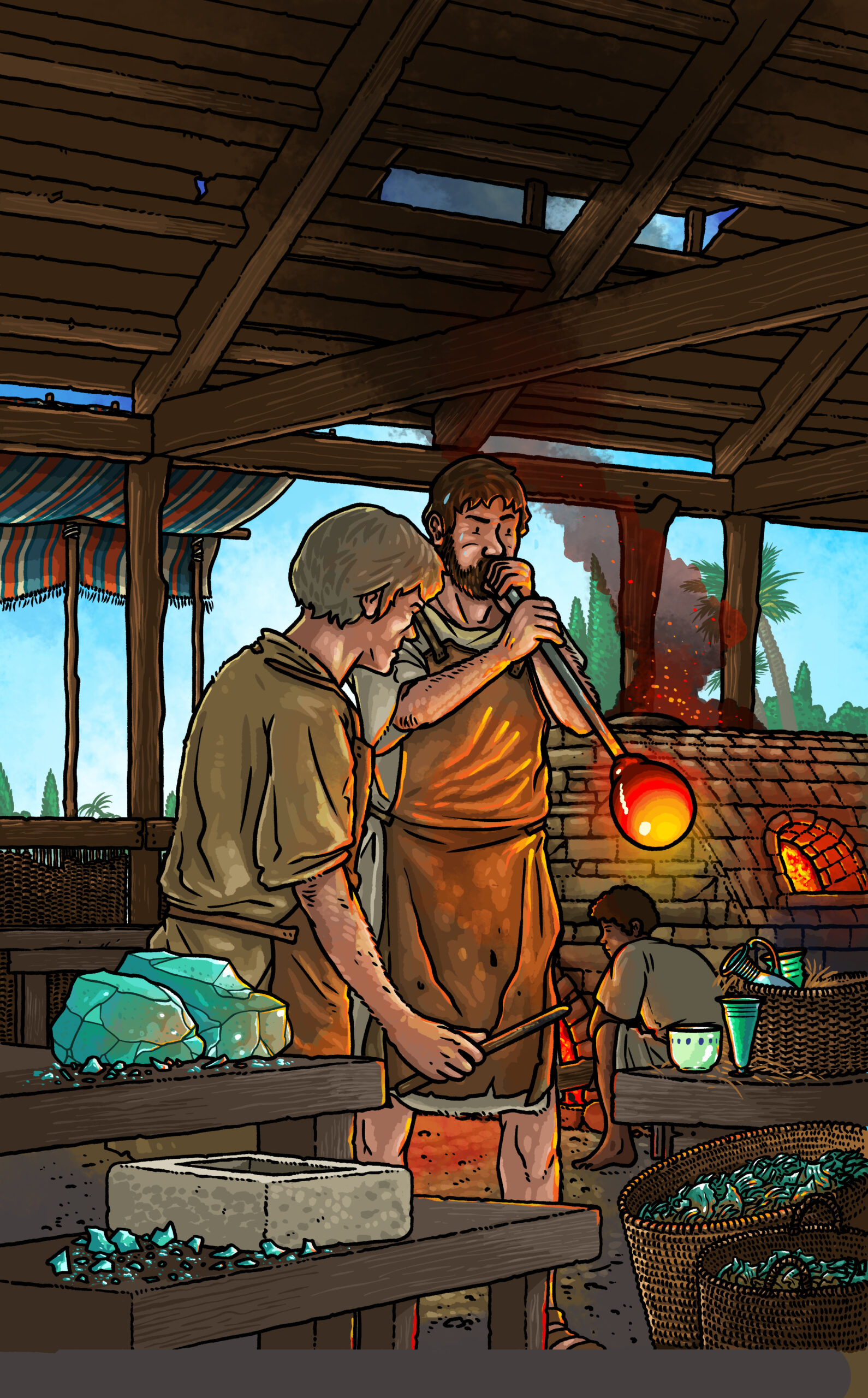
Most of the pieces produced in the Jalamet workshop were workaday, monochrome items, but a few were more luxurious, such as a conical beaker decorated with blue dots (from copper). Untreated glass is naturally green or blue, from the iron found in sand, so the glass for this beaker would have to have been decolorized with manganese.
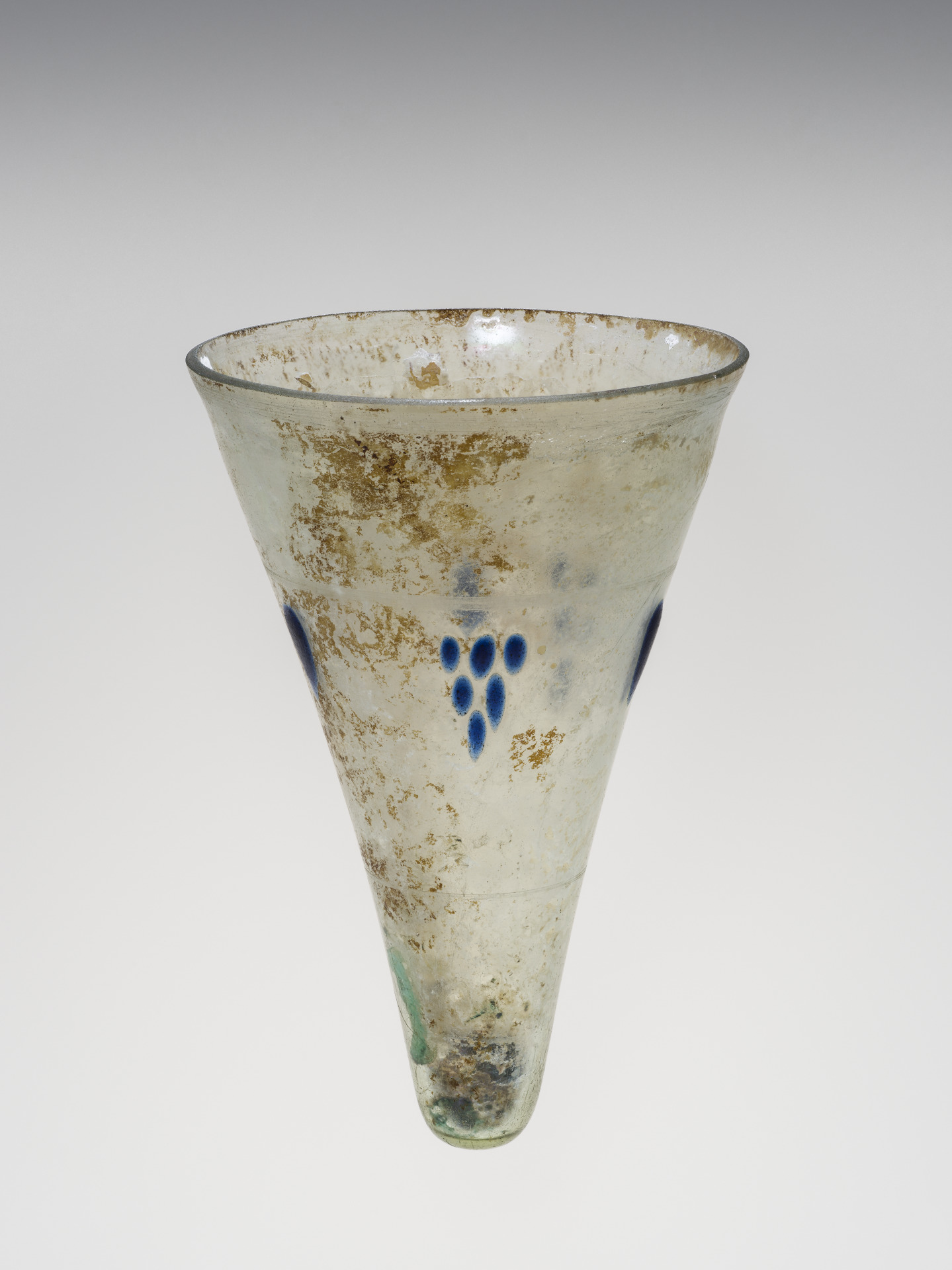
Such forms—impractical-looking to the present-day viewer—were common in the Late Roman Empire. Iconographic evidence from antiquity shows that they were probably used both for lighting—as in menorahs—as well as for drinking.
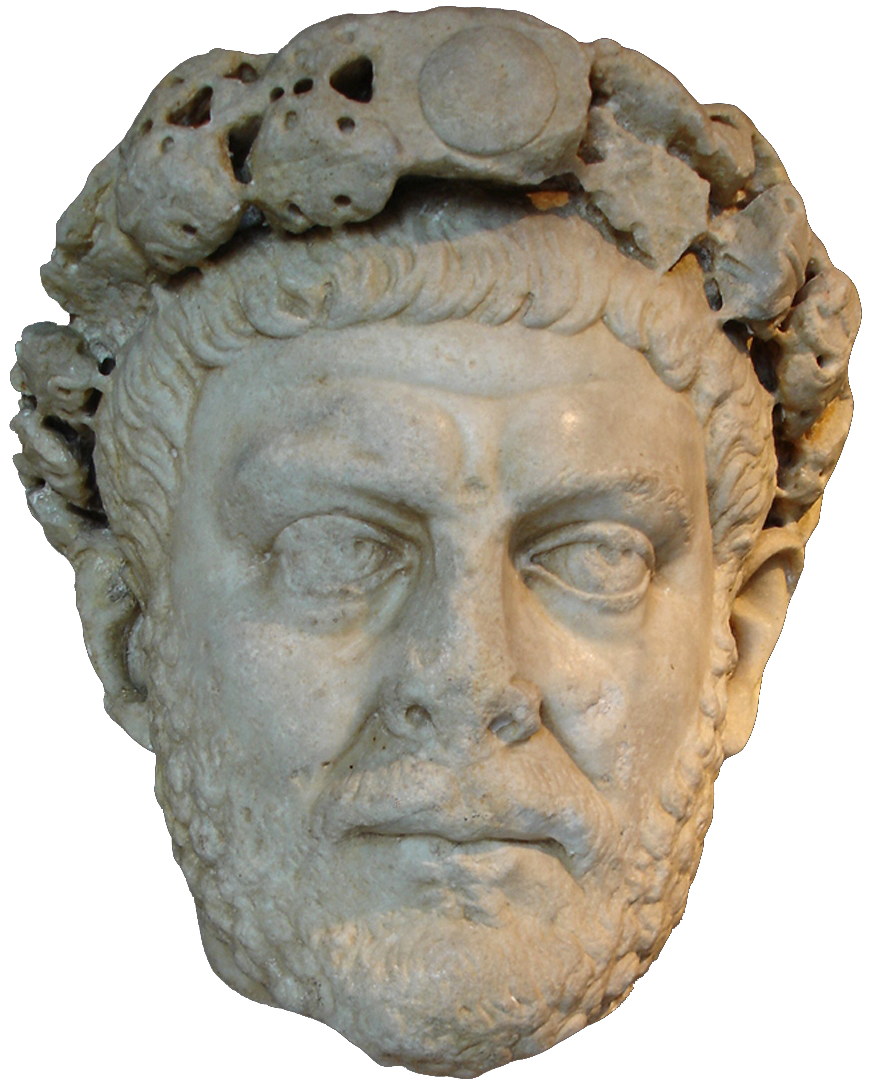
Their affordability ensured by Emperor Diocletian’s Edict on Maximum Prices, items like these would have been sold to the Roman equivalent of today’s middle class: merchants, retired soldiers, farmers. Pilgrims making their way through the Levant on the way to the Holy Land would probably have acquired glass for cupboards back home, and Jalamet vessels have been found as far afield as England.
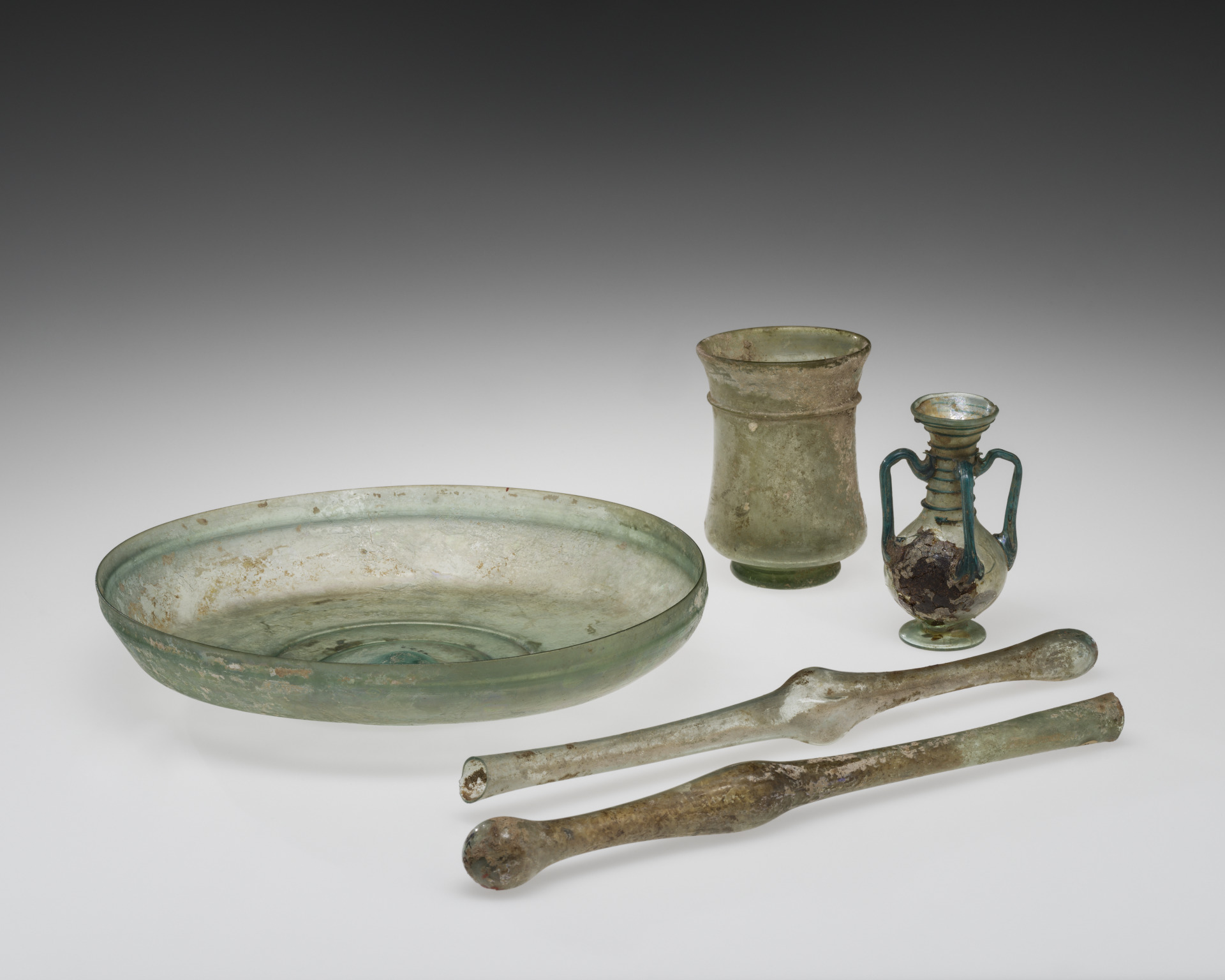
Judging by its size, the workshop at Jalamet would have employed as few as three and as many as thirty artisans. Although a modest establishment, the fuel demands of such a glass manufactory were great enough to cause the deforestation of the surrounding area, forcing the workers to relocate their operation after little more than a decade.
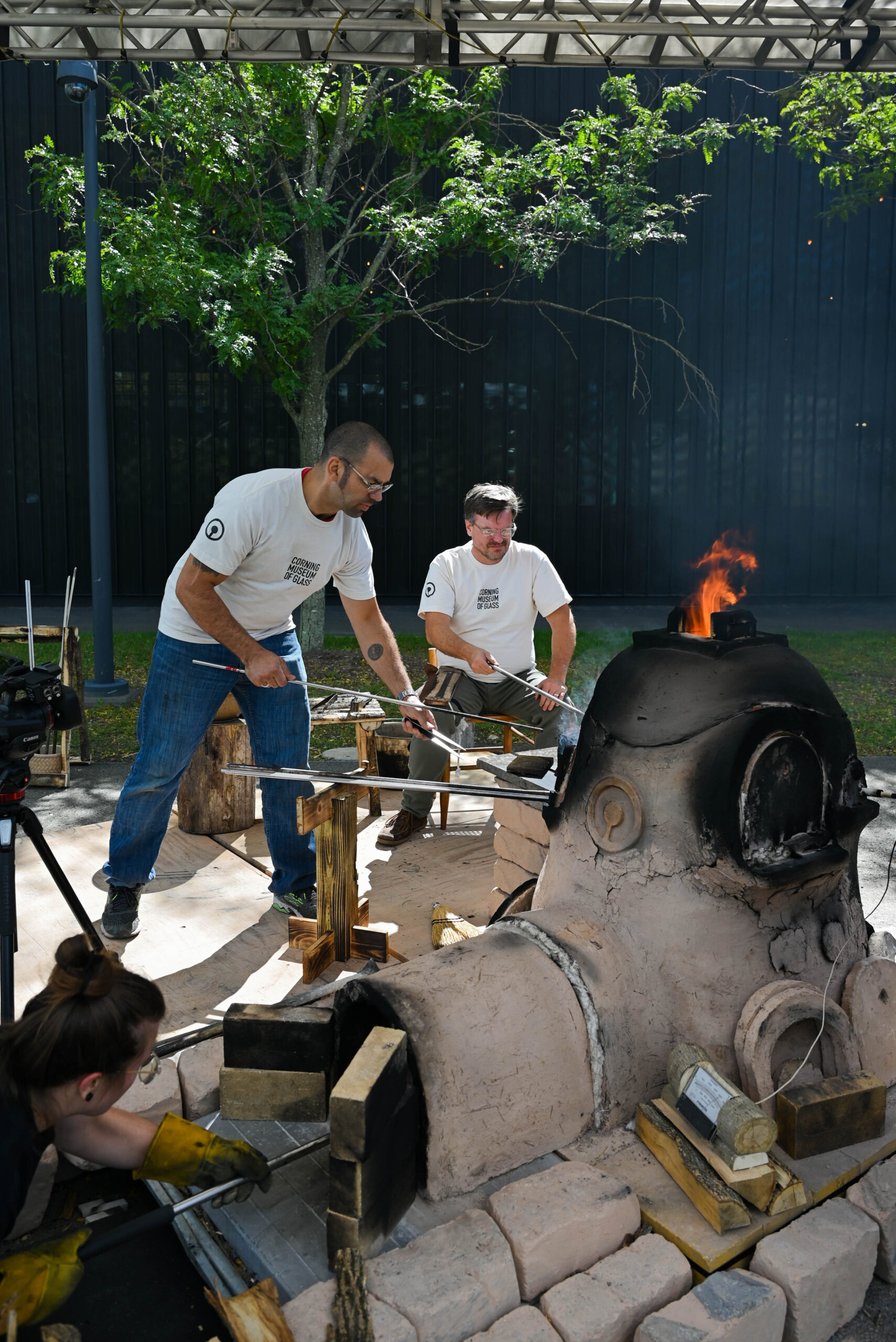
Today, the Corning Museum works closely with the Israeli Antiquities Authority to pass glass objects back and forth across the seas, enriched by research in both countries. And to support the present exhibition, the Corning has erected a wood-fired furnace, where demonstrations on ancient glassmaking will be staged throughout the summer.
Katherine Larson is Curator of Ancient Glass at the Corning Museum of Glass in Corning, New York, and the curator of the special exhibition Dig Deeper: Discovering an Ancient Glass Workshop. Larson has a PhD in classical art and archaeology from the University of Michigan, Ann Arbor. She trained as a glass specialist and field archaeologist in Israel, Greece, Turkey, and Italy. While at Corning, she has also curated the exhibition Fire and Vine: The Story of Glass and Wine and was contributing curator to Past|Present: Expanding the Stories of Glass.

